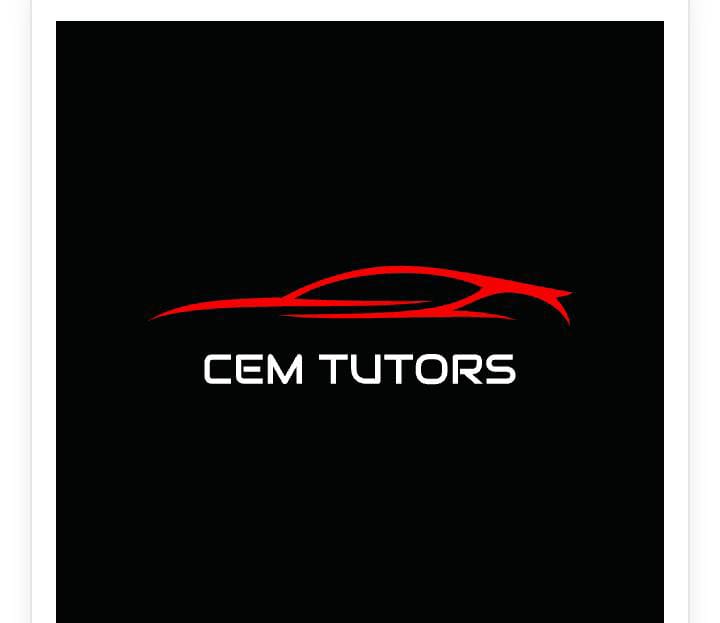25 multiple-choice questions along with detailed solutions covering a wide range of challenging organic chemistry concepts
**Question 1: Reaction Mechanisms**
Which of the following best describes the mechanism of the **SN1 reaction**?
a) Single-step, concerted reaction
b) Single-step, bimolecular reaction
c) Two-step, concerted reaction
d) Two-step, unimolecular reaction
**Solution:**
d) Two-step, unimolecular reaction
**Question 2: Functional Groups**
Which functional group is present in the compound **CH₃COCH₂CH₂CH₃**?
a) Alkene
b) Alkyne
c) Ketone
d) Aldehyde
**Solution:**
c) Ketone
**Question 3: Isomerism**
How many stereoisomers are possible for a compound with the molecular formula **C₆H₁₂O₂**?
a) 2
b) 4
c) 6
d) 8
**Solution:**
b) 4
**Question 4: Nomenclature**
What is the IUPAC name for the compound **CH₃CH₂CH(CH₃)CH₂OH**?
a) 2-methylpropanol
b) 2-methylbutanol
c) 3-methylpentanol
d) 2-ethylbutanol
**Solution:**
b) 2-methylbutanol
**Question 5: Reaction Mechanisms**
In the **SN2 reaction**, how many molecules are involved in the rate-determining step?
a) One
b) Two
c) Three
d) Four
**Solution:**
b) Two
**Question 6: Functional Groups**
Which functional group is present in the compound **C₆H₅OH**?
a) Alkene
b) Alcohol
c) Aldehyde
d) Carboxylic acid
**Solution:**
b) Alcohol
**Question 7: Isomerism**
Which of the following is an example of **geometric (cis-trans) isomerism**?
a) Ethanol and methanol
b) Butane and isobutane
c) Ethene and propene
d) 1,2-dichloroethene and 1,1-dichloroethene
**Solution:**
d) 1,2-dichloroethene and 1,1-dichloroethene
**Question 8: Nomenclature**
What is the IUPAC name for the compound **CH₂=CHCHO**?
a) Ethanal
b) Acetaldehyde
c) Ethanoic acid
d) Propenal
**Solution:**
d) Propenal
**Question 9: Reaction Mechanisms**
In the **E1 reaction**, what is the rate-determining step?
a) Deprotonation of the substrate
b) Formation of a carbocation
c) Nucleophilic attack
d) Elimination of a leaving group
**Solution:**
b) Formation of a carbocation
**Question 10: Functional Groups**
Which functional group is present in the compound **CH₃COOH**?
a) Alcohol
b) Carboxylic acid
c) Aldehyde
d) Ketone
**Solution:**
b) Carboxylic acid
**Question 11: Isomerism**
Which of the following is an example of **tautomeric isomerism**?
a) Butane and isobutane
b) Ethene and propene
c) Acetaldehyde and acetone
d) Keto form and enol form of a compound
**Solution:**
d) Keto form and enol form of a compound
**Question 12: Nomenclature**
What is the IUPAC name for the compound **(CH₃)₃CCH₂CH₃**?
a) 2,2-dimethylbutane
b) 3,3-dimethylbutane
c) 2,2,3-trimethylbutane
d) 2,3-dimethylbutane
**Solution:**
c) 2,2,3-trimethylbutane
**Question 13: Reaction Mechanisms**
Which of the following is a characteristic of an **E2 elimination reaction**?
a) Formation of a carbocation
b) Requires a strong nucleophile
c) Occurs in a single step
d) Typically occurs in polar solvents
**Solution:**
c) Occurs in a single step
**Question 14: Functional Groups**
Which functional group is present in the compound **C₆H₅COOH**?
a) Alcohol
b) Alkene
c) Carboxylic acid
d) Aldehyde
**Solution:**
c) Carboxylic acid
**Question 15: Isomerism**
How many constitutional isomers are possible for a compound with the molecular formula **C₅H₁₀**?
a) 3
b) 4
c) 5
d) 6
**Solution:**
a) 3
**Question 16: Nomenclature**
What is the IUPAC name for the compound **CH₂=CHCH₂CH₂NH₂**?
a) 1-butylamine
b) 2-pentylamine
c) 1-pentylamine
d) 2-butylamine
**Solution:**
a) 1-butylamine
**Question 17: Reaction Mechanisms**
In a **Markovnikov addition reaction**, where does the electrophile (e.g., H⁺) add to a double bond?
a) The less substituted carbon
b) The more substituted carbon
c) In a 1:1 ratio to both carbons
d) Randomly
**Solution:**
b) The more substituted carbon
**Question 18: Functional Groups**
Which functional group is present in the compound **CH₃CH₂CHO**?
a) Alkene
b) Aldehyde
c) Ketone
d) Alcohol
**Solution:**
b) Aldehyde
**Question 19: Isomerism**
Which of the following is an example of **structural isomerism**?
a) Ethene and propene
b) Butane and isobutane
c) Ethanol and methanol
d) 1-butanol and 2-butanol
**Solution:**
d) 1-butanol and 2-butanol
**Question 20: Nomenclature**
What is the IUPAC name for the compound **(CH₃)₂CHCH₂OH**?
a) 2-methylbutanol
b) 1-butanol
c) 2-propanol
d) 2-methylpropanol
**Solution:**
a) 2-methylbutanol
**Question 21: Reaction Mechanisms**
In the **Wittig reaction**, what type of compound is used to convert a carbonyl group into an alkene?
a) Grignard reagent
b) Organolithium reagent
c) Phosphorus ylide
d) Epoxide
**Solution:**
c) Phosph
orus ylide
**Question 22: Functional Groups**
Which functional group is present in the compound **CH₃CH₂CH₂CN**?
a) Alkene
b) Alkyne
c) Nitrile
d) Ketone
**Solution:**
c) Nitrile
**Question 23: Isomerism**
Which of the following is an example of **cis-trans isomerism**?
a) Ethanol and methanol
b) Butane and isobutane
c) Ethene and propene
d) 1,2-dichloroethene and 1,1-dichloroethene
**Solution:**
d) 1,2-dichloroethene and 1,1-dichloroethene
**Question 24: Nomenclature**
What is the IUPAC name for the compound **(CH₃)₃CCl**?
a) 2-chloropropane
b) 1-chloropropane
c) 2,2-dimethylpropane
d) 2,3-dichloropropane
**Solution:**
c) 2,2-dimethylpropane
**Question 25: Reaction Mechanisms**
In the **Claisen condensation reaction**, what type of compounds react to form a β-ketoester?
a) Alkane and alcohol
b) Ester and alcohol
c) Aldehyde and ketone
d) Ester and ester
**Solution:**
d) Ester and ester
These multiple-choice questions cover a range of challenging organic chemistry concepts, including reaction mechanisms, functional groups, isomerism, and nomenclature. The detailed solutions provide explanations to help you understand the correct answers and enhance your knowledge of organic chemistry at an advanced level.






